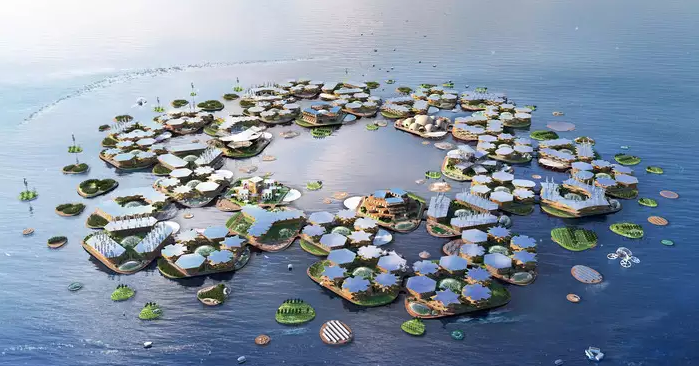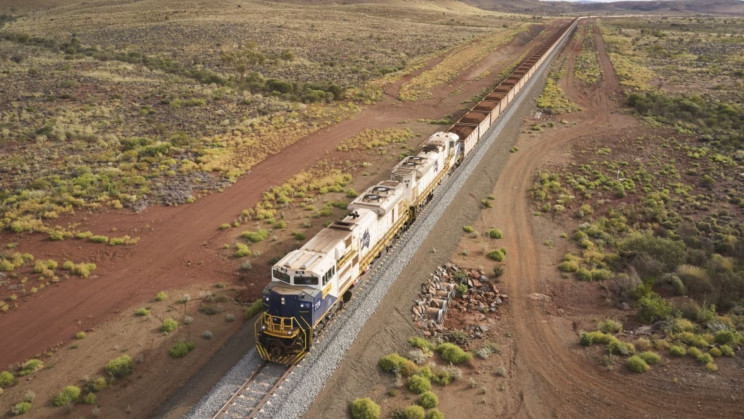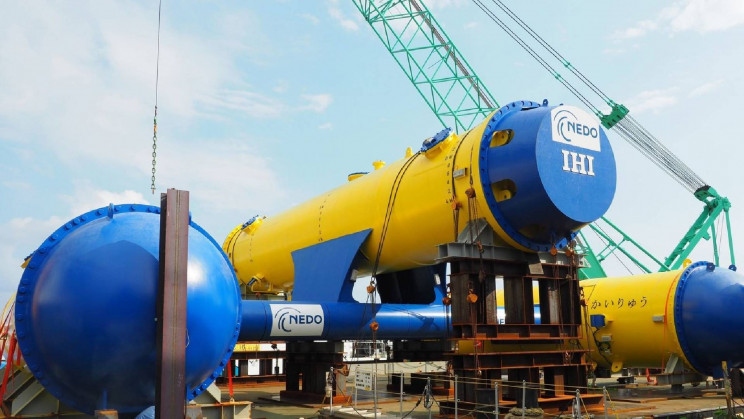Global warming has already had observable effects on the environment. Glaciers are shrinking, and sea levels are rising. Droughts, wildfires, and floods are also becoming more common. According to the Intergovernmental Panel on Climate Change, global warming is irreversible.
So, to deal with forthcoming issues, some countries are playing smart and are planning ahead. Recently UN-Habitat’s New Urban Agenda and New York-based Oceanix have collaborated to build the world’s first prototype sustainable floating city.
Executive Director of UN-Habitat, Maimunah Mohd Sharif, said, “Sustainable floating cities are a part of the arsenal of climate adaptation strategies available to us. Instead of fighting with water, let us learn to live in harmony with it. We look forward to developing nature-based solutions through the floating city concept, and Busan is the ideal choice to deploy the prototype,”
Following are some of the features of this floating city:
- This city will be built off the coast of South Korea’s Busan.
- It will consist of a series of hexagonal platforms perched atop the water.
- The city’s platforms material is created by exposing underwater minerals to an electric current. It not only becomes stronger with time and but can also repair itself in the presence of that current. This will also help it to resist extreme weather conditions.
- The habitats will be anchored to the ocean beds.
- The structure will be built to withstand all kinds of climate change-related threats like floods and category 5 hurricanes.
- The city will also be completely self-sufficient, developing its food, energy, and freshwater.
- It will house around 10,000 residents in an area spread across 75 hectares.
- The flood-proof city is expected to be ready by 2025.
- The estimated cost of this floating city is around $200 million.
- Waste from fish could be used to nourish plants in aquaponic systems.






